Dr. Liliya GNATYUK,
National Aviation University, Ukraine
INTRODUCTION
Now the multilevel latent conflict continues and grows: a conflict between the public interests and the church, the church and museums, government departments and museums, between various Christian denominations. Obviously, life issues and co-management of World Heritage Sites by religious communities and the state are relevant not only for Ukraine but also for the whole world, but the main thing is to develop the direction of establishing a dialogue between religious communities, as users of the World Heritage Site, and the state, as responsible owner. Parties of the dialogue are religious communities, which preserve and develop the religion and traditions, as well as representatives of public authorities, specialists and experts in the relevant fields (architects, conservators, restorers, etc.), facility owners, charitable organizations and other stakeholders.
It should be understood that our legacy is a legacy from the past, the one we live with today, and we use this heritage, and we pass it on to future generations. Our cultural and natural heritage is an irreplaceable source of life and inspiration, it defines our criteria, our landmarks, our identity.
PROBLEM DESCRIPTION
The diversity of cultures and heritage in our world is an irreplaceable source of spiritual and intellectual richness for all mankind. Protection and enhancement of cultural heritage and diversity in our world should be actively promoted as an important aspect of human development.
The diversity of cultural heritage exists in time and space, and demands respect for other cultures and all aspects of their belief system. In cases where cultural values come into conflict, respect for cultural diversity requires recognition of the legality of cultural values of all parties.
All cultures and societies are rooted in the particular forms and means of tangible and intangible expression which constitute their heritage, and this should be respected. Culture should be regarded as a set of distinctive spiritual, material, intellectual and emotional features of society or a social group, and it involves not only art and literature, but also lifestyles, ways of living together, value systems, traditions and beliefs. As a source of exchange, innovation and creativity, cultural diversity is as necessary for humankind as biodiversity is necessary for nature. In this sense, it is the common heritage of humanity and it should be recognized and affirmed for the benefit of present and future generations.
Interest in life of the heritage, whether it regards historical cities, cultural landscapes or religious assemblies is directly or indirectly associated with events or living traditions, with ideas or beliefs, with artistic and literary works.
In this sense, the role played by religious communities in the creating, maintaining and continuous forming and developing of the spiritual culture of the society, including sacred sites, is difficult to underestimate. Obviously, the main role in the transfer, expression and support of spiritual identity, adding values to sacred sites and places should belong to religious communities. The main thing is the existence of a living tradition, supported by the communities (unfortunately with long intervals associated with the political and historical situation) for more than a millennium, which has left a rich spiritual and cultural heritage, both tangible and intangible.
It is important to focus on the sacred sites, and what is very important, not only on sites, but also on the sacred places. Emphasis must be placed not only on the material structure of sacred complexes, but also on their sacred significance and role of communities (if present) not only in the management and preservation of the material integrity of individual buildings or complexes, but actually, in the preservation of living cultural heritage, which is displayed in the first place in liturgy and other ceremonial activities, and the need to transfer them to future generations.
Deep understanding of the distinction and separation of the spiritual and the material is essential. However, it is still desirable that the profane served better perception of the sacred. «Sacrum et profanum» - where the «sacrum» - means something that belongs to something which is sacred: the cult, people and things that were dedicated, etc., «profanum» - (that is before «fanum», or is the site dedicated, a sacred place, a monastery) - means the world secularity which cherishes claims for autonomy in religion and the Church. This scheme is based on the belief that a particular space of being can be booked for what is holy, respectively, people and things in this space can be separated from the rest of the world.
It is obvious that in different countries there are different models and schemes of care and protection of cultural heritage. It is difficult to single out any particular model as the most effective because in each case the local management models will have their effect. However, it is necessary to distribute the duties and responsibilities on management of sacral heritage between religious communities and the state. Regretfully, quite often occurs not a professional approach, but the personal vision of a particular aspect of the protection or preservation of the monument (following Picasso "No matter when and where, it is important - who"). Still, the main thing is the focus on the monument, despite the personal attitude or the subjection of the cultural heritage site to this or that agency.
It is also clear that each country has its own problems in the management of the sites. These are management problems, partly financial, and other factors, such as number of the local residents, which can have a serious impact on the form of guardianship. Thus, one of the sites, nominated for the UNESCO World Heritage List from Norway is located in the fjord village with a population - 23 people.
First of all, it is necessary to identify who is responsible for particular sites, what roles are played by the user and owner of the site, what is the level and scale of their interaction.At present there is no law on architectural and urban heritage protection, although there are separate laws for the protection of the archaeological and cultural heritage. A state protection and professional preservation (maintenance) are essential. One can guard with a gun in hands but the monument will still keep deteriorating. Instead, it can be saved for future generations.
Obviously, the church cannot be just a consumer in this case. It is worth to mention just a century-old experience, when all churches were under the proper supervision of the eparchy architects. It is obvious that the present design agencies should operate under the leadership of the Church, while retaining highly professional approach.While extending the hospitality to pilgrims and visitors, problems of trivialization of the sacred place and its turning into a mere touristic site are obvious; however, at the same time, it is important to find the balance and to preserve a peace of soul which is necessary for monastic life.
In this connection, it is necessary and recommended to develop a long-term Action Plan directed to protect religious heritage; in particular, a thematic programme for religious World Heritage Sites and establishment of integrated training programmes in religious sites management, in collaboration with ICOMOS, ICCROM, МSОP. All this should be designed to help representatives of the religious communities to improve their management skills.
Religious communities in charge of the management of the sacred sites of high spiritual values should consider not only their cultural and natural values, but their sacred values, since they reflect outstanding exchange of cultural and religious ideas. It is important to coordinate action plan with the religious community, in order to elaborate common concept of the sacred heritage protection, aimed at the strengthening of the role of communities and prevention of the conflict situations.
It is crucial to highlight necessity and importance of education and professional support not only to the religious communities, involved in the management of the World Heritage Site, but also to the wider public. This might have increased understanding and awareness of the values of our heritage, improved community attitudes towards the sites they own. The education is also very important - organization of seminars and trainings for the community. «Fides quares intelectum» - perhaps, when belief will be supported by intelligence, namely, understanding of the necessity of its preservation, as well as of the basic methods and techniques of cultural heritage protection, then misunderstandings between professionals and religious communities may disappear. However, all these was written in the Ten Commandments long time ago and if we are going to perform them properly (with a sense of responsibility for future generations) in particular, the commandment "do not steal", then surely our children and grandchildren will admire and enjoy not only the incredible external beauty of the cultural heritage sites, but also their spiritual beauty (and it does not actually matter, whether they have global or local significance).
It is very important to carry out permanent work linked with changes of liturgical and functional needs; with competing demands of coexistence of religions and individual denominations; with fluctuations in the level of interest towards religion and various forms of religion; with a growing secular pressure on places of religious importance; with musification of religious places and objects and with the raising of the communities awareness on the basics of the heritage protection.
CONCLUSIONS
Thus, from all mentioned above it can be concluded that the role of religious communities in the management is the key role. In this case, the basic necessary tools are: conduction of management system assessments, integrated studies of the spiritual, cultural and natural heritage, strong scientific support to the management issues, in order to meet the World Heritage Convention requirements. In order to achieve integrated approach towards the management of three types of heritage (spiritual, cultural and natural) interdisciplinary studies should be undertaken.
It is necessary to develop the role of religious communities in the long-term protection, conservation and integrated management of the sacred World Heritage Sites. It is necessary to develop: a legal framework for the conservation, use, renewal and management of religious World Heritage Sites, long-term strategy for the protection, conservation and management of the sacred World Heritage Sites; recommendations for the conservation and integrated management of sacred World Heritage Sites.
literature:
- Діксон Д. Збереження народної автентичної культури України / Д. Діксон // Народна творчість та етнографія. - 2003. - № 3. - С. 122-123.
- Кириллов А. Переоценка ценностей, или Нужна Венера Китаю / А. Кириллов, В. Томилин // Эхо планеты. - 1989. - № 13. - С. 42-46.
- Кононенко П. Етнічна специфіка духовності українського народу : Становлення, основні риси, перспективи / П. Кононенко, Т. Кононенко // Народна творчість та етнографія. - 2001. - № 3. - С. 20-28.
- Збірник нормативно-правових актів сфери охорони культурноъ спадщини. – Чернігів ВАТ «РВК «Деснянська правда», 2011 – 796 с.

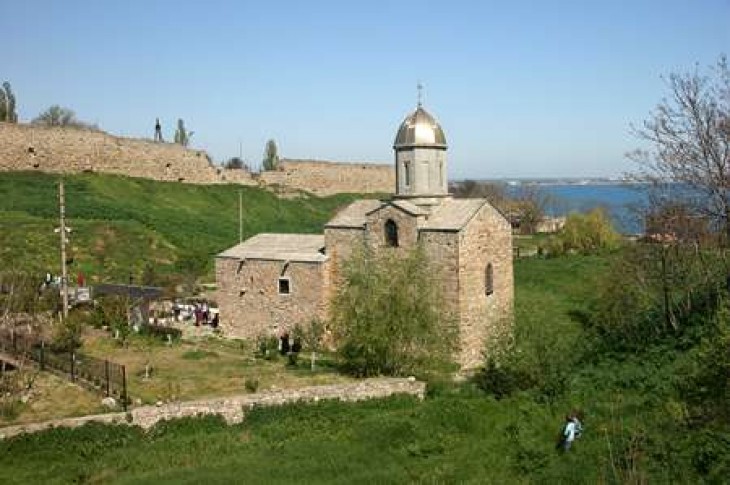
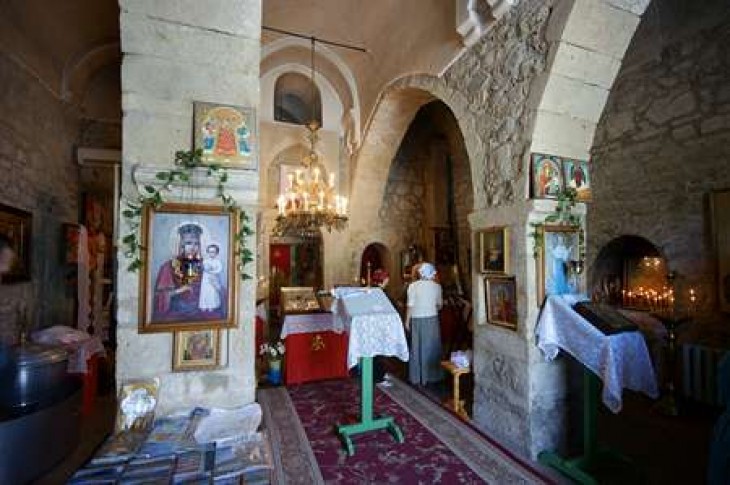
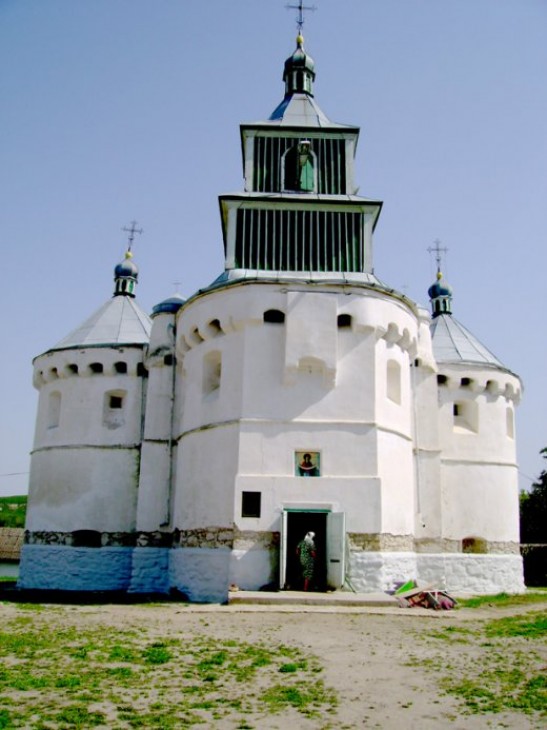
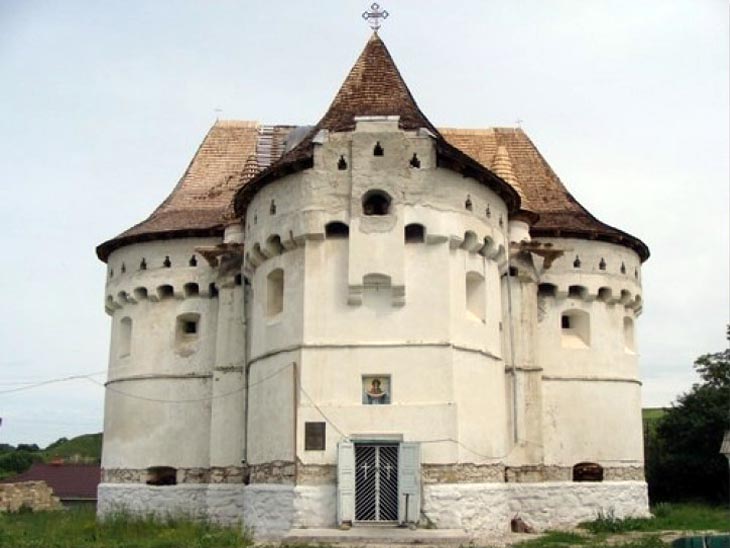
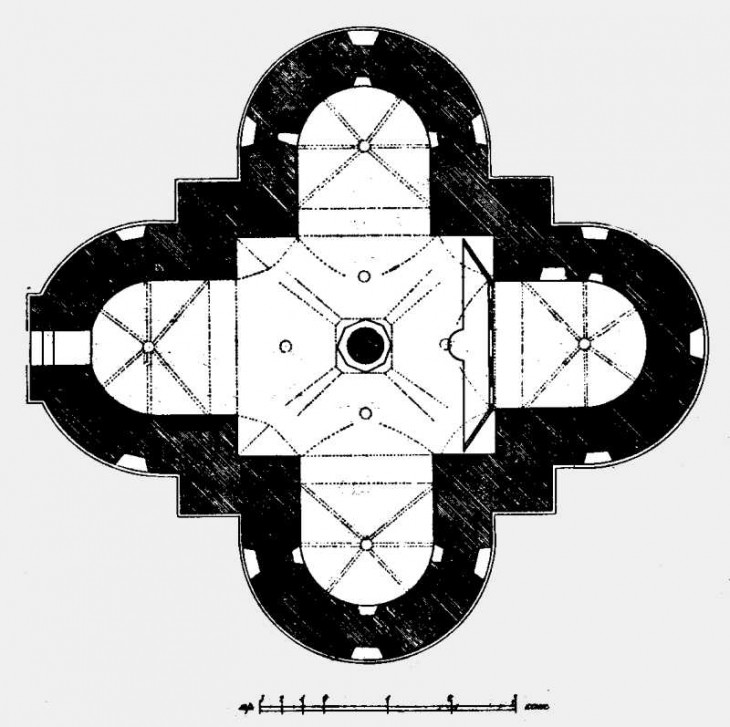
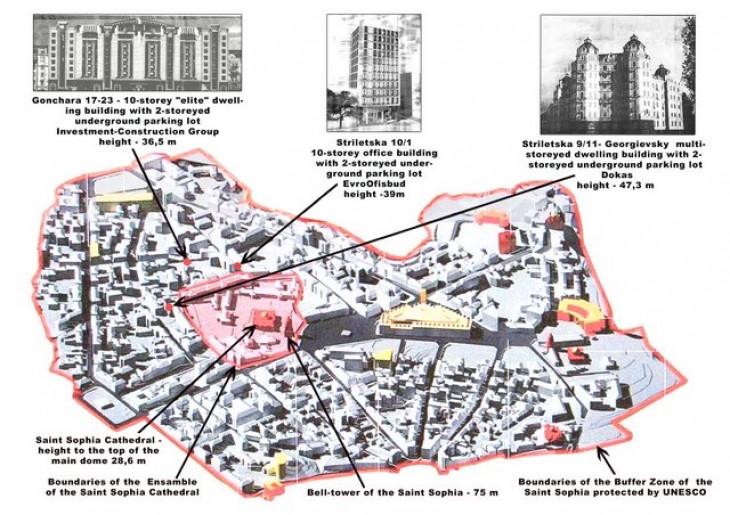
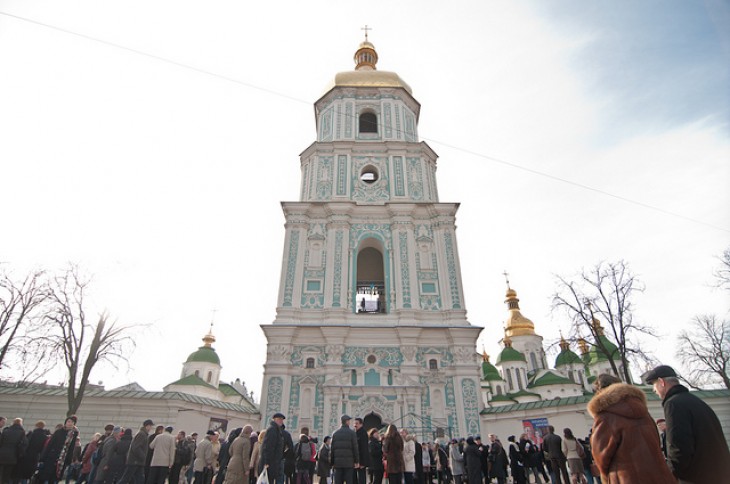
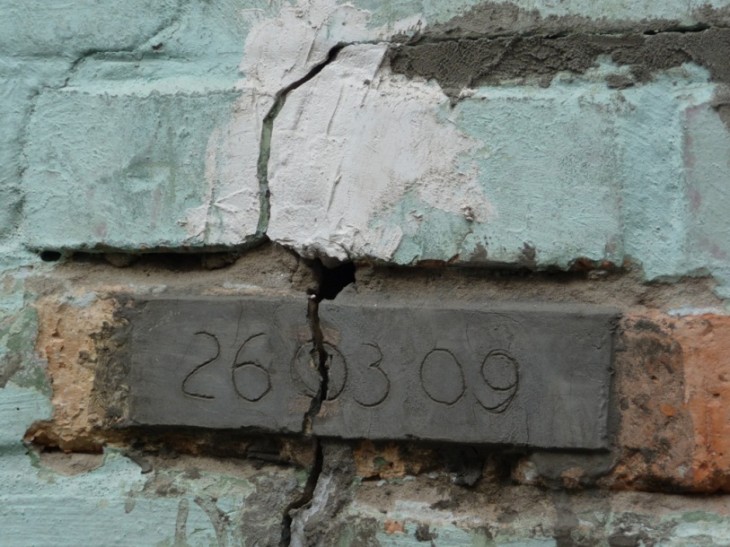
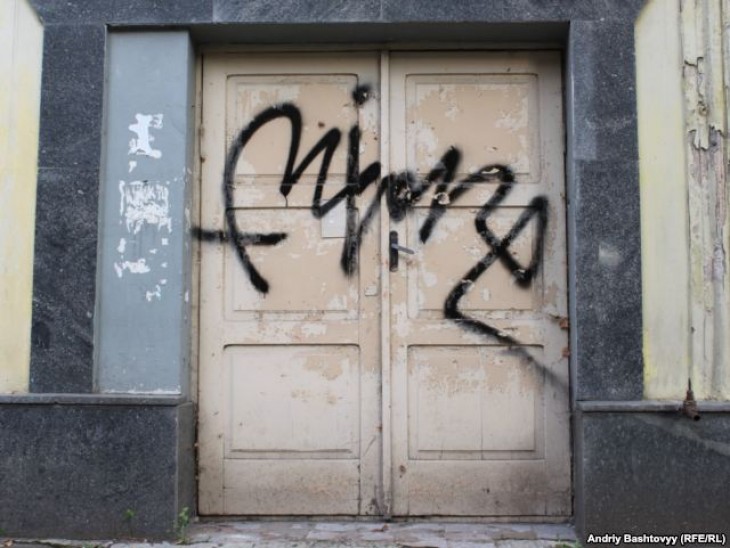
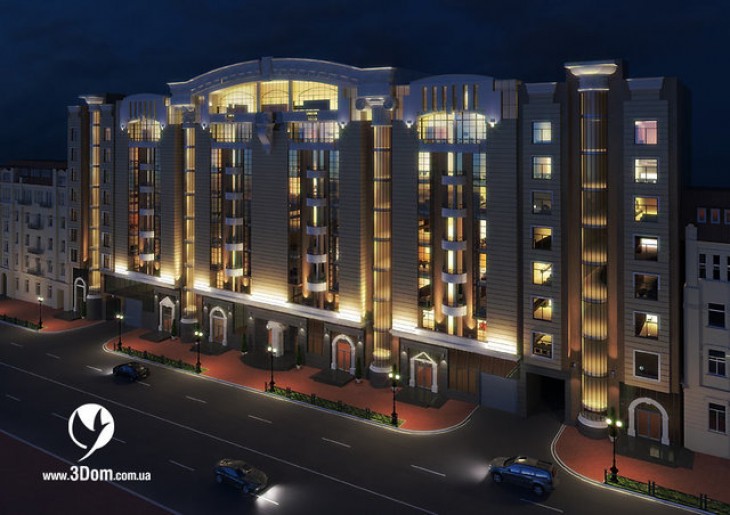
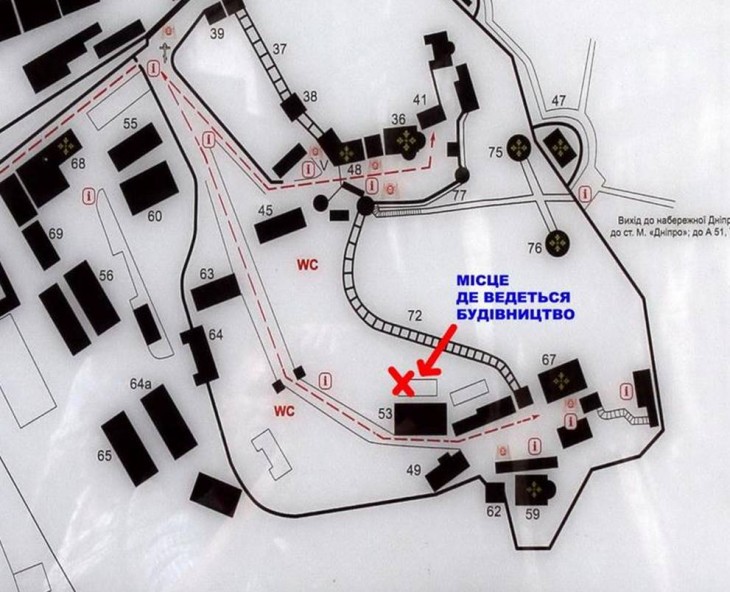
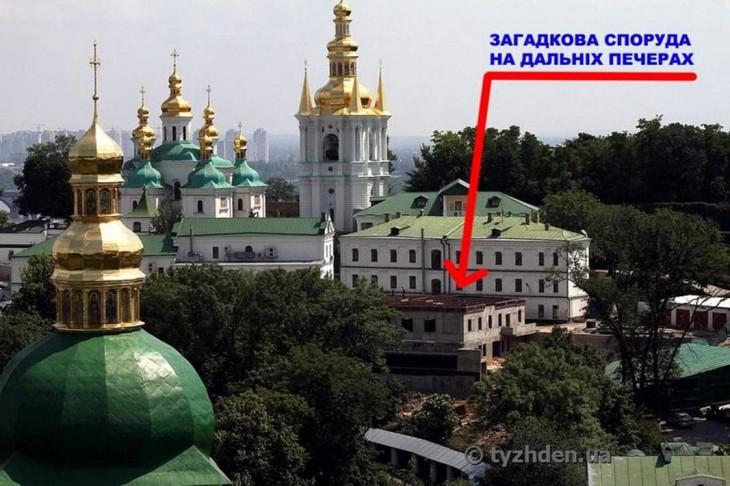
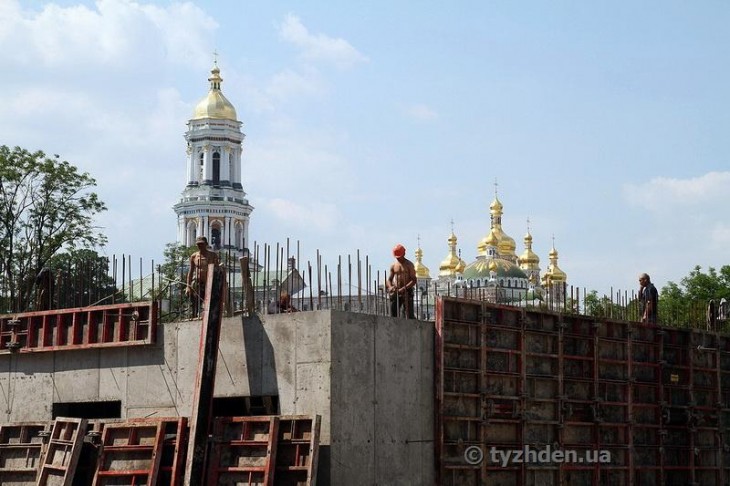
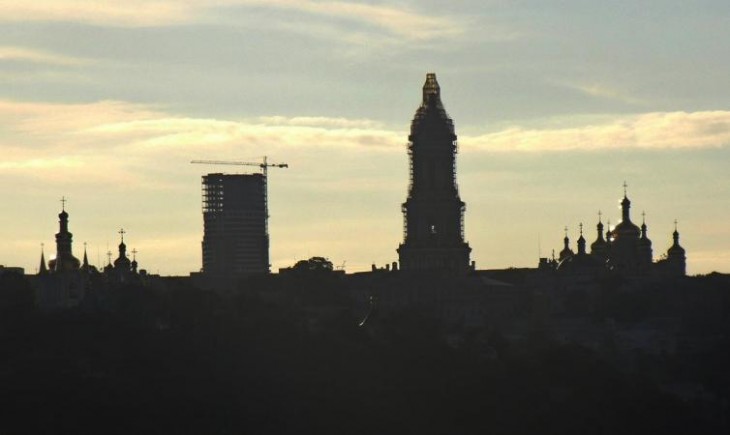
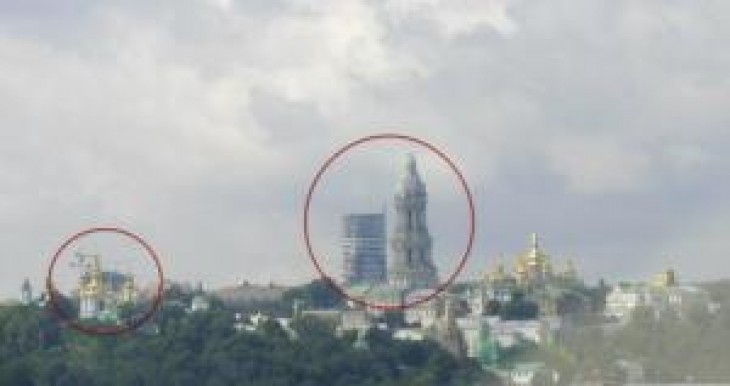
|
Heritage Conservation Regional Network Journal

|
|
Introducing_Young_People_to_the_Protection_of_Heritage_Sites ENG
Details »
|
|
Networking |
Policies |
|
|
Public awareness |
Workshops |
|
 The project is funded by the
The project is funded by the European Union
EU is not responsible
for the content of this website
 |
 |
 |
 |
 |
 |
 |
 |
 |
|
RCCHD Project: Office 16b, Betlemi ascent, 0105 Tbilisi, Georgia Tel.: +995 32 2-98-45-27 E-mail: rcchd@icomos.org.ge |
© 2012 - Eastern Partnership Culture Programme |





